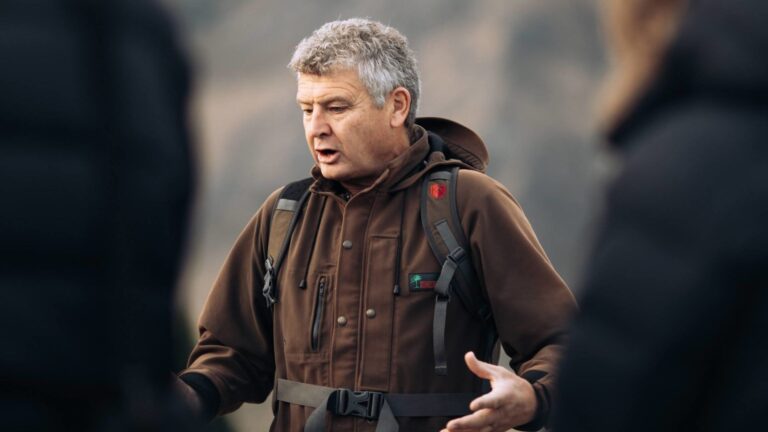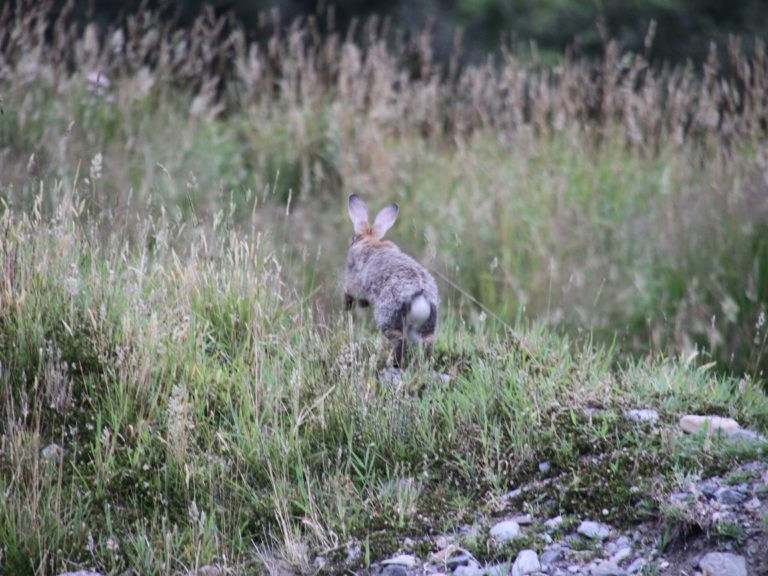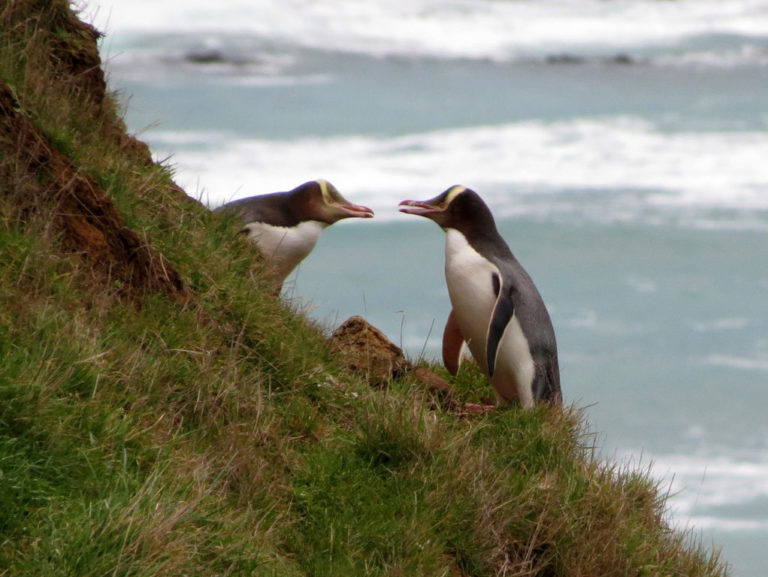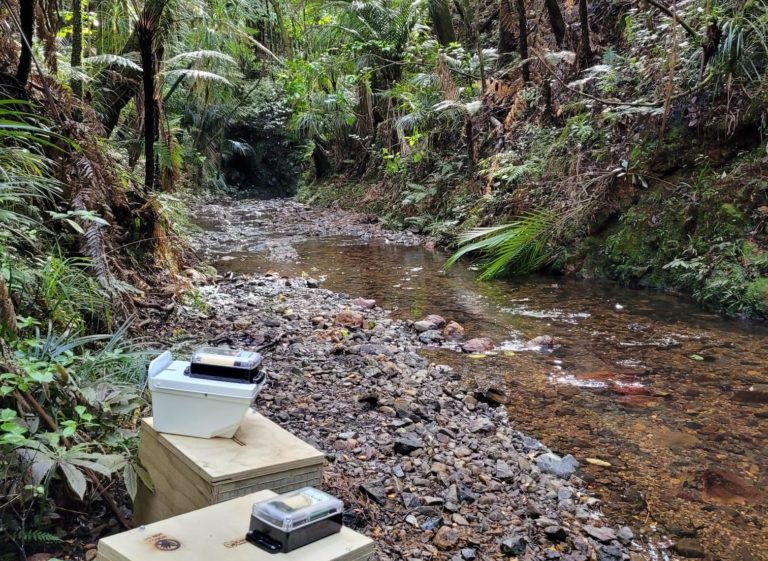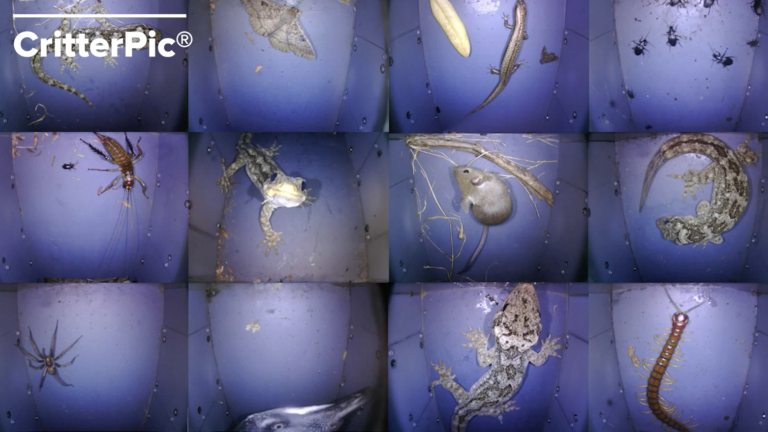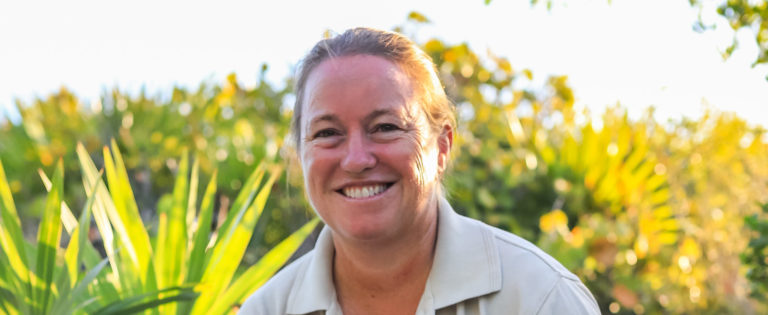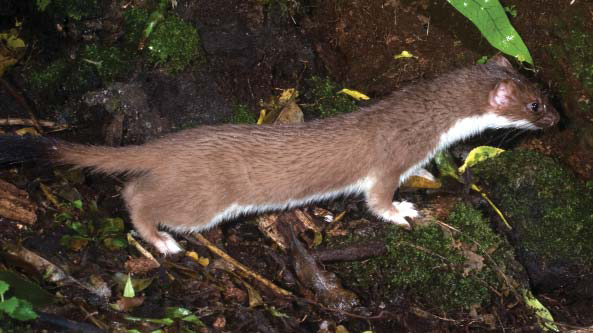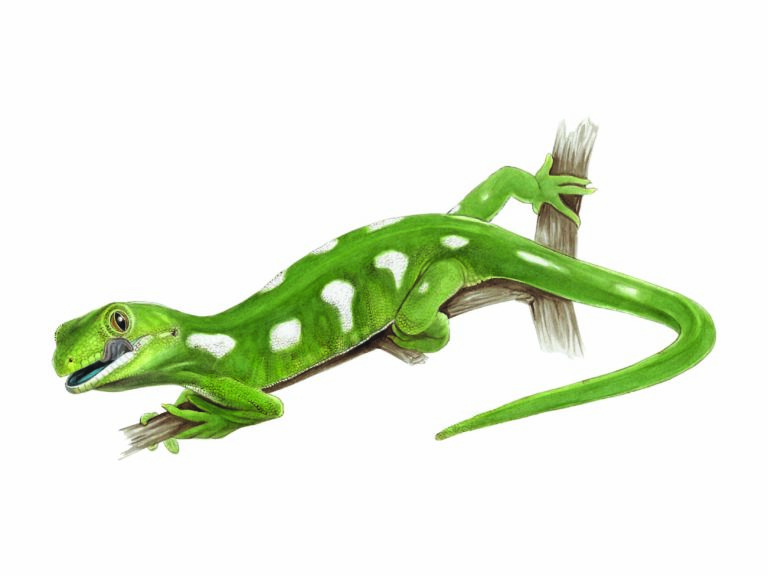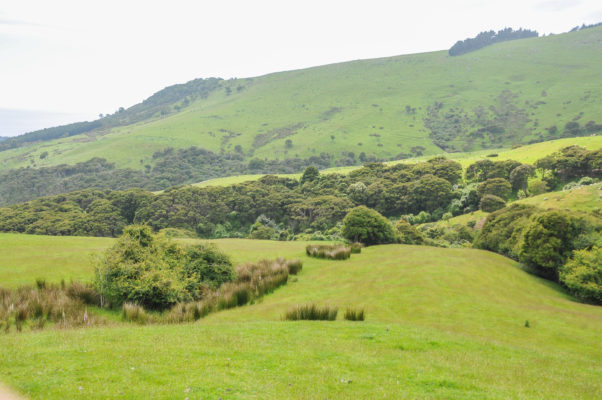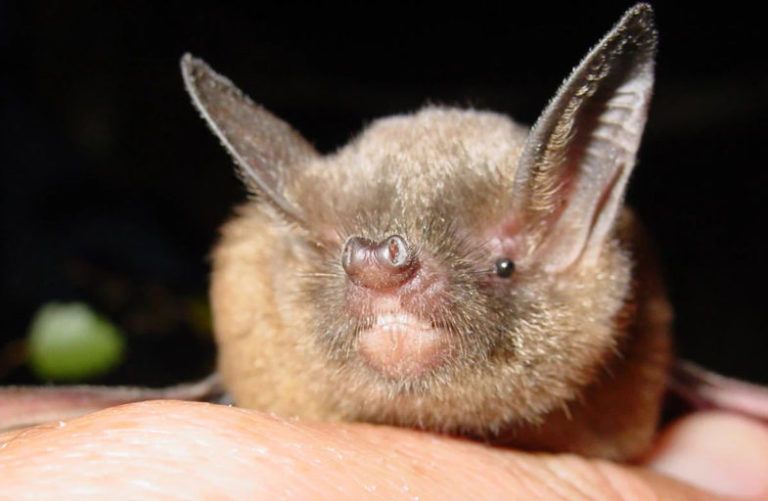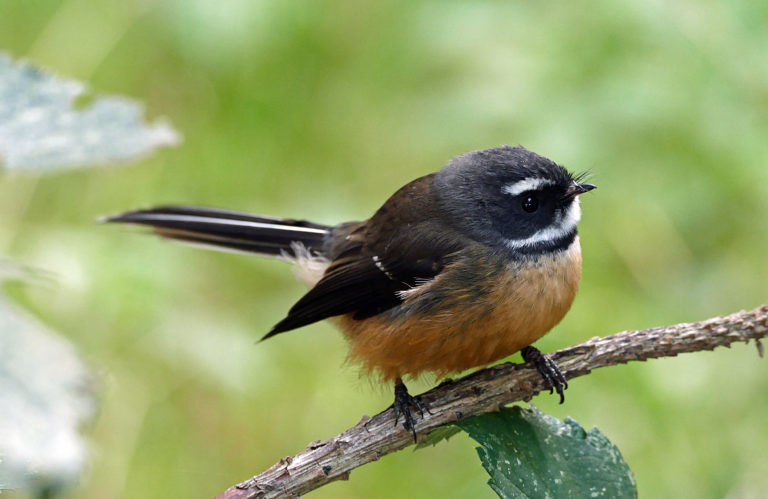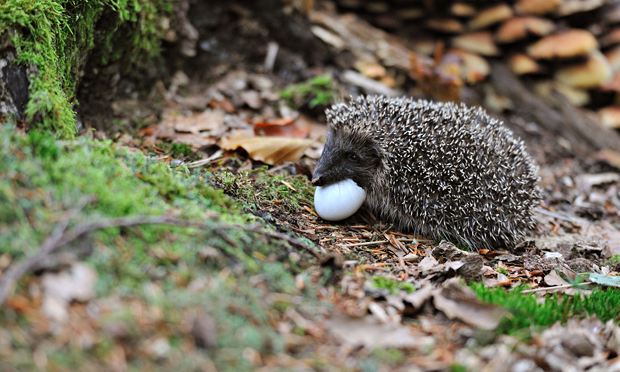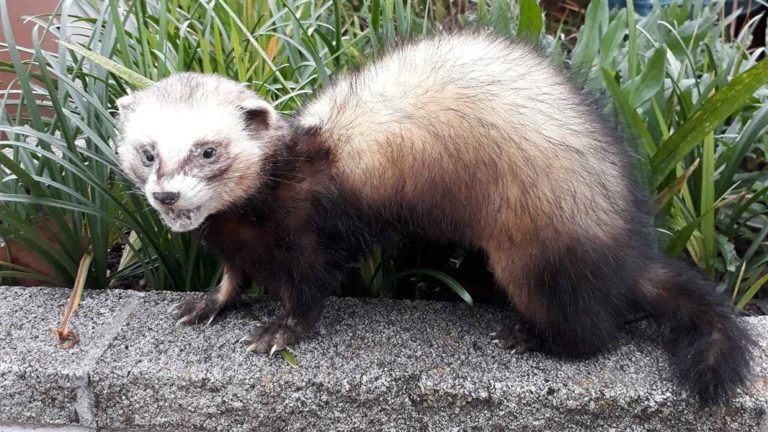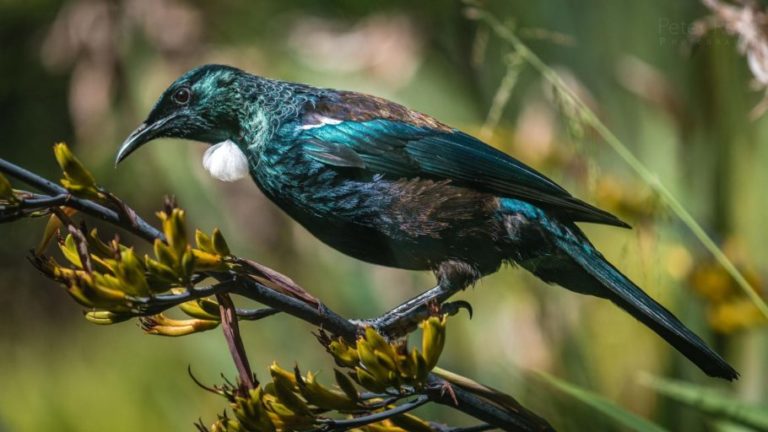Fine tuning your predator control
Do you want some tips and tricks on increasing the effectiveness of predator control for your project or community group? Join Cam Speedy, a wildlife…
Rabbit control could help us towards a predator free future
Mostly we get rid of introduced predators by, well – killing predators. It works, up to a point. But if you can’t get rid of…
Nurturing our natives at Dunedin Wildlife Hospital
The Dunedin Wildlife Hospital treats 600 patients annually – all native species, some of which are very rare and endangered. Join us as Jordana Whyte…
From products to projects with Predator Free 2050 Limited
Thanks to funding from the Government’s Jobs for Nature Mahi mō te Taiao programme and the Provincial Growth Fund, Predator Free 2050 Limited (PF2050 Ltd)…
Emerging technologies for predator control and what to do about feral cats
Dr Helen Blackie from Boffa Miskell talks about some of the latest technologies to control introduced predators in Aotearoa New Zealand — including resetting traps…
Eradication — we’ve all got a role
Biz is an expert in predator control, dedicated to community-based conservation projects, so they have the skills and resources needed to achieve positive outcomes for…
Genomics, Stoats, and Predator Free New Zealand
In this talk, Dr Veale describes some of his recent work focusing on how genomics may assist us achieve our goal of controlling and potentially…
A land of lizards
Did you know we have over 110 different species of native lizards, and we’re still discovering more? Carey Knox is a native lizard expert based…
Starter’s Guide to Predator Control on Farms
Introduced predators (rats, mice, possums, stoats, ferrets and weasels) create havoc on farms. They eat crops, spread diseases including bovine TB and Leptospirosis, damage equipment,…
Bird of the year is a bat — go figure!
The official winner of Bird of the Year was announced this week and it’s not a bird. The pekapeka-tou-roa long-tailed bat beat all the feathered…
‘Every bird sighting counts’ The NZ Bird Atlas
Find out how you can make a difference and help our unique bird species in Aotearoa. In the webinar, Dan and Pat from the New…
Hedgehog control in the Mackenzie Basin
Nick Foster talks about his research on the movement and habitat use of hedgehogs in upland areas and how tracking hedgehogs with GPS devices has…
Engaging communities with social media expert Liz Carlson
Social media expert, Liz Carlson, has shared her tips on how community groups can use social media to grow, reach new eyeballs and engage with…
New techniques and tools for stoat and ferret control
Helen Blackie from Boffa Miskell explains how to use landscape features to optimize the placement of traps and monitoring tools to increase encounter rates. Helen…
If you plant it, they will come
Rod Morris, a well-known NZ wildlife photographer, film and documentary maker, shows us the many native creatures thriving in his backyard after predator control work…

